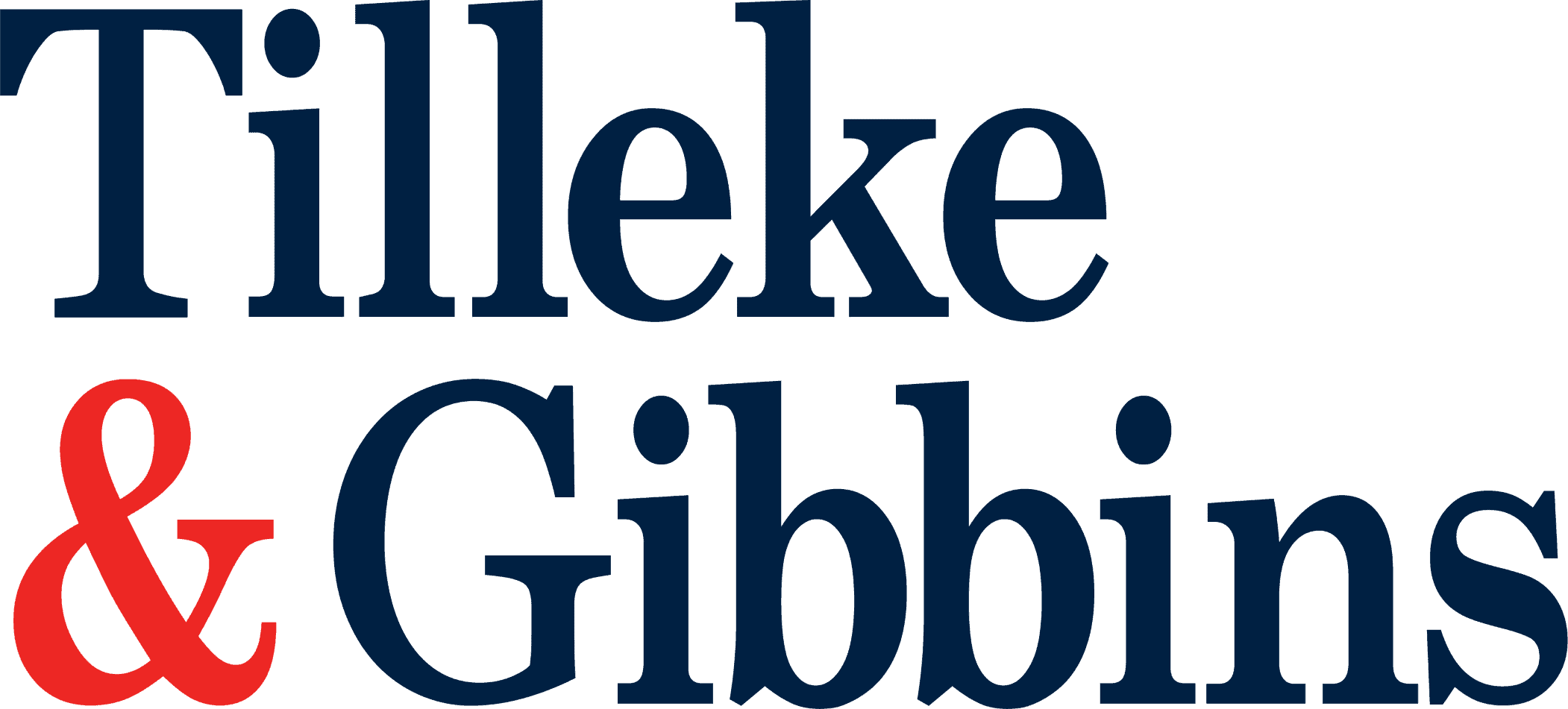
On July 19, 2024, Cambodia’s Ministry of Land Management, Urban Planning, and Construction (MLMUPC) issued Prakas No. 050 on the Formalities and Procedure for Registration of Private Units in Co-owned Buildings Constructed before December 19, 1997. This new regulation aims to address the lack of clear guidelines for registering units in co-owned buildings constructed prior to 1997 and ensure protection of legal ownership rights for private owners of co-owned buildings constructed before December 19, 1997.
Background
Cambodia’s real estate market, including co-owned buildings and condominiums, has been experiencing rapid growth. As more individuals acquire separate units in co-owned buildings, the demand for proper registration of each unit has increased. While existing mechanisms like Sub-Decree No. 46 on Systematic Land Registration and Sub-Decree No. 48 on Sporadic Land Registration provide frameworks for registering immovable properties, they do not specifically address the registration procedure for co-owned buildings constructed before 1997.
Definition of Co-owned Building
A co-owned building contains “private units” exclusively owned by individual co-owners and “common areas” used by all co-owners. This includes various categories such as villas, semi-villas, attached houses, condominiums, and other types of houses with common structures.
Application Documents
The new prakas introduces a more straightforward documentation process for registering private units in buildings constructed before December 19, 1997, compared to previous regulations (specifically, Sub-Decree No. 126 on the Management and Use of Co-Owned Buildings). The required application documents now include:
- One copy of application form in Khmer
- Two copies of certified identification documents for each co-owner
- Two copies of certified documents of property ownership (if any)
Notably, certain documents, such as the internal regulations and detailed architectural plan of the co-owned building, are not required. These more lenient requirements encourage more owners to register their private units, as it makes it easier to secure certificates and comply with the law.
Procedure
Private units in co-owned buildings constructed before December 19, 1997, that have not been registered through the land systematic registration process may be registered through an additional sporadic land registration procedure in accordance with the existing applicable regulations.
Cambodia’s sporadic land registration mechanism, also known as “individual land registration,” allows a landholder to apply individually to the competent authority for a land certificate. This process enables each owner to register their units without requiring all owners to register all units together. This makes it easy for the owners to obtain the certificates for their respective units without having to wait for others.
The original immovable property certificates or other proof of legal possession must be submitted to the cadastral administration to obtain new certificates of ownership for private units. The old certificates or proof of legal possession will be nullified and retained by the cadastral administration.
Conclusion
This prakas establishes a clear framework for regulating ownership of private units in Cambodia. It enables authorities to better monitor the safety and legality of older buildings, ensuring compliance with current construction regulations and standards, and its implementation provides significant benefits to owners of private units in co-owned buildings constructed before December 19, 1997. The prakas serves as a reminder for these owners to apply for ownership certificates for their private units.
However, the current regulations do not clarify whether foreign nationals who own units in buildings constructed before 1997 can register or transfer their units to other foreigners. In practice, it appears that foreign parties are still unable to register these units or transfer ownership to another foreigner. This situation creates challenges for foreign buyers who have already purchased such units.
It is anticipated that future regulations may address this issue, providing clarity and potential solutions for foreign nationals to register the units they already purchased.
For more information on how this new prakas may affect property holdings or investment strategies in Cambodia, please contact Tilleke & Gibbins at [email protected].

